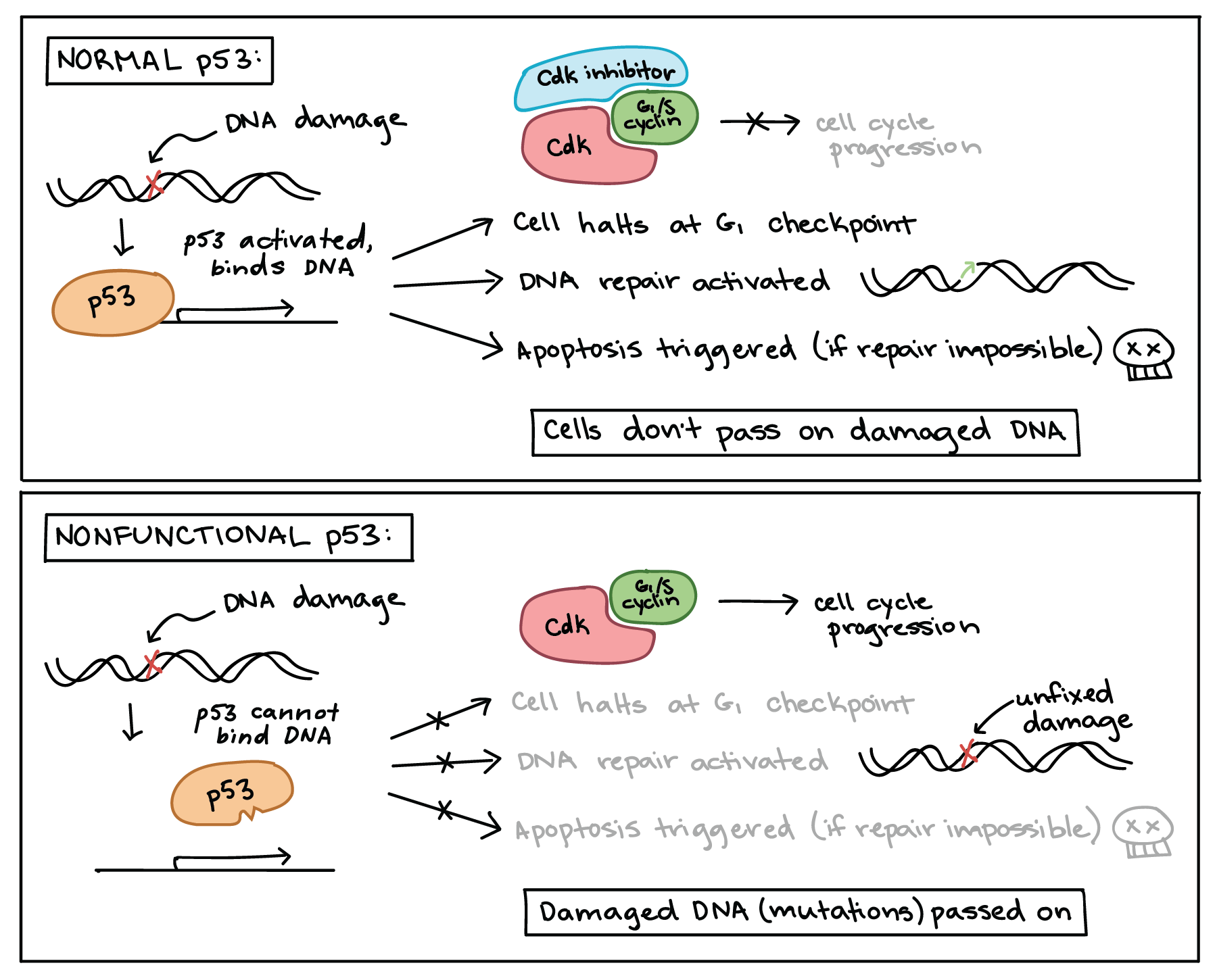

Please note topics that appear on multiple content lists will be treated differently. The course abbreviation is:īIO = two-semester sequence of introductory biology The abbreviations found in parentheses indicate the course(s) in which undergraduate students at many colleges and universities learn about the topics and associated subtopics.

The content in this category covers the classification, structure, growth, physiology, and genetics of prokaryotes, and the characteristics that distinguish them from eukaryotes. It does so in response to signals, thereby reflecting properties that result from individual and interactive features of molecular assemblies, their compartmentalization, and their interaction with environmental signals at many spatial and temporal scales. Life at cellular levels arises from structural order and its dynamic modulation. As such, cells have the ability to undergo metabolism maintain homeostasis, including ionic gradients the capacity to grow move in response to their local environments respond to stimuli reproduce and adapt to their environment in successive generations. In the hierarchy of biological organization, the cell is the simplest collection of matter capable of carrying out the processes that distinguish living organisms. The highly-organized assembly of molecules that is the cell represents the fundamental unit of structure, function, and organization in all living organisms. The structure, growth, physiology, and genetics of prokaryotes and viruses




 0 kommentar(er)
0 kommentar(er)
